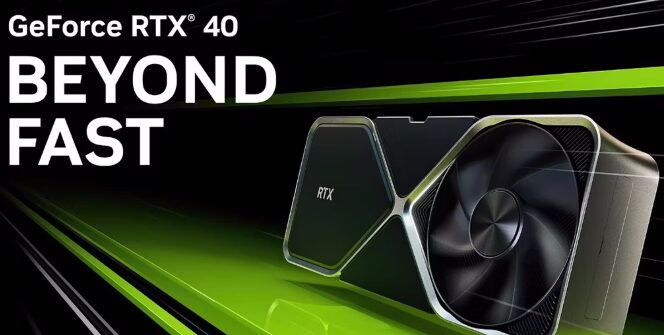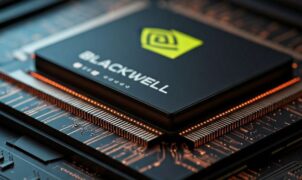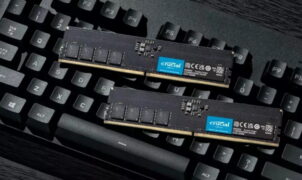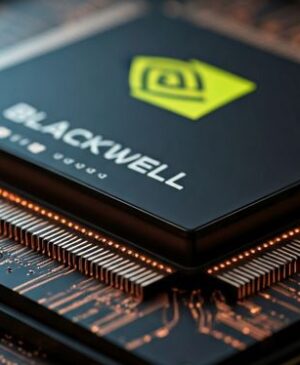TECH NEWS – Asus has launched the GeForce RTX 4070 BTF, another interesting new addition to the RTX 4000 GeForce cards.
Gigabyte has quietly released a low-profile version of the GeForce RTX 4060 for SFF machines (replacing the GTX 1650, which was the latest LP card in the GeForce lineup so far), and Asus has launched a particular version of the RTX 4070 in China. In short, it differs from other graphics cards with more than 75W power consumption in the field because it doesn’t need a 6/8/12-pin power connector! (Cards with <75W power have enough power via the PCIe connection.)
In other words, having fewer cables results in better-looking setups. The card gets power through a unique connector, the GC-HPWR. It replaces the 12HPWR and eight-pin connectors and can provide up to 600W of power without other extra cabling. Asus wants to move away from the traditional power connector solution, and with the GC-HPWR, the company is proving it. The only problem is that, at the moment, this card is only sold in China, and that too with bundling…
You must buy a complete bundle, so you get a TX Gaming B760-BTF WiFI motherboard and the RTX 4070 TX BTF graphics card. However, it’s an understandable move because GC-HPWR is not on every motherboard, but it has to support this solution. The motherboard is designed in collaboration with DIY-APE. The BTF range is pleasing to the eye, unique, and somewhat futuristic. However, it is questionable whether others will use Asus’ solution because the fact is that the company has even created a custom case (GT502); if there is no demand for GC-HPWR, they will get tired of it all one day.
In China, it’s 7000 renminbi (yuan), or roughly $962, for the motherboard and GPU together. With the case, it is 8300, or about $1140. It is expensive at first glance, but over time, the pricing of bundles starts to fall, especially after the international release. In the meantime, it reflects the premium price range, which is where it is because of limited production.
In any case, it’s an appealing solution, but the future of GC-HPWR depends on demand.
Source: WCCFTech















Leave a Reply